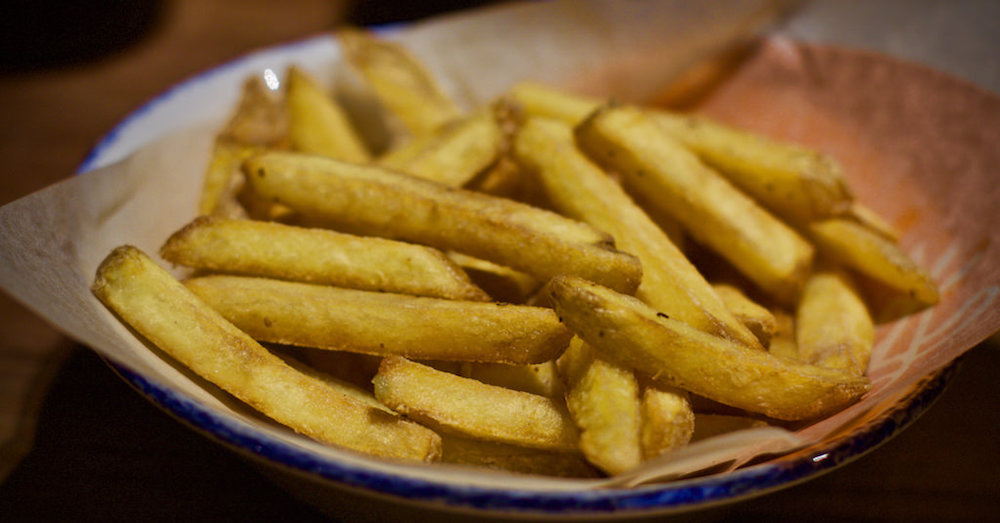
If You Eat French Fries or Potato Chips, This Will Stop You
Recent research demonstrates a potential link between eating fried potatoes two or more times each week and doubling the risk of death from all causes; other research links white potatoes to high blood pressure, type 2 diabetes and heart disease.
French fries and potato chips are also high in trans fat; sweet potatoes are your best option as they are high in prebiotic fiber that feeds beneficial bacteria in your digestive tract
June 28, 2017 | Source: Mercola.com | by Dr. Joseph Mercola
The potato has had a long history. The Incan tribe from the highlands of Peru worshipped the potato and people from Ireland blamed the potato for the Great Famine when a blight destroyed potato crops across Europe.1 Today, the potato is the fourth largest food crop in the world.
The potato is a perennial plant that is high in starch and has more potassium than bananas.2 The vegetable is also source of vitamin C and B-6, and is sodium and fat free. However, while there are benefits to the vegetable, it is also high in carbohydrates; one medium potato contains 37 grams of carbohydrates. I recommend you limit your net carbohydrates (total carbs minus fiber) to between 50 and 80 grams per day, depending upon your metabolism.
This means a single potato can be 45 percent to 75 percent of your daily net carb amount. The consumption of fresh potatoes has declined in the past 50 years, dropping from 61 pounds per year per person in 1970 to 36 pounds per year per person in 2008.3However, consumption of processed potatoes, such as french fries or potato chips, has increased over the same period.
Processed potatoes cooked at high heat contain byproducts that are known carcinogens and trans fats linked to a number of health conditions. Recent research has now found a potential link between fried potato consumption and increased risk of death.
The Lowly Potato
In 1536, the Spanish Conquistadors arrived in Peru and discovered potatoes. They brought them back to Europe, and before the end of the 16th century sailors were planting them along the northern coast of Spain.4 By 1589, they reached Ireland and over the next 40 years spread across the rest of Europe.
In the mid-1840s a blight on potatoes wiped out most of the crop in many countries across Europe, especially in Ireland where the potato had become a staple. Over the course of the blight, nearly 1 million people died from starvation or disease, and another 1 million people emigrated from Ireland to Canada and the U.S.5
Some believe Marie Antoinette, the last queen of France before the revolution, enjoyed the flower blossoms from the potato plant so much she put them in her hair and her husband, King Louis XVI, wore them in his buttonhole.6 Historians think this was an attempt to encourage farmers to plant more potatoes.
As Europe and North America adopted the potato, it initiated a template for an agriculture industrial complex, eventually leading to the use of intensive fertilizer and of arsenic as the first artificial pesticide to eradicate the Colorado potato beetle.7 Competition to manufacture potent arsenic blends opened the modern pesticide industry.
